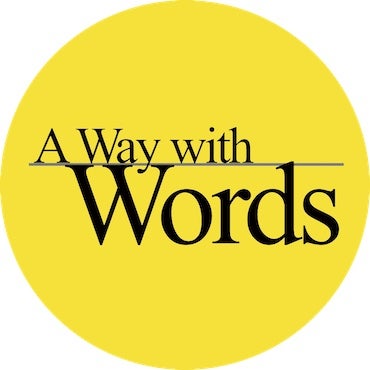Remembering Philadelphia’s first convention
Americans are now watching the latest versions of an American political ritual that is now in its 180th year — the presidential nominating convention. Philadelphia hosted its first presidential nominating convention in 1848, when the Whig Party met to nominate Zachary Taylor.
Americans are now watching, from Tampa and Charlotte, the latest versions of an American political ritual that is now in its 180th year — the presidential nominating convention. Conventions began in the campaign of 1832 as a way to broaden participation in the process of president-making. Prior to then, the members of Congress of each political party chose their party’s nominee for the presidency.
Philadelphia hosted its first presidential nominating convention in 1848. The Whig Party met on June 7 in the large first floor meeting hall of the Philadelphia Museum at 9th and Sansom streets. The room was still referred to as the Chinese Museum, as an elaborate exhibition of Chinese culture had been located there a few years earlier. The site is currently occupied by The Franklin Residences.
There were four candidates for the Whig nomination. General Zachary Taylor, a Louisiana resident in 1848, was a national hero from the recently concluded Mexican War. Known by the nickname of Old Rough and Ready, Taylor was apolitical and, prior to the convention, would not even firmly declare himself to be a Whig. The party was attracted to him because military men, as the election of Andrew Jackson and William Henry Harrison to the presidency had previously shown, were proven vote-getters.
Senator Henry Clay of Kentucky had been the party’s leading figure since its birth in the 1830s, but by 1848 had lost several prior presidential contests, and was viewed by some as damaged goods.
The other two candidates were Senator Daniel Webster of Massachusetts, a Whig Party stalwart for years, but a politician who never attracted much support outside of his New England base, and General Winfield Scott of Virginia, another Mexican War hero, but, like Taylor, with no political experience.
Going into the convention, Taylor and Clay were the frontrunners, with the former drawing more support from the South and the latter more from the North.
A young Whig congressman from Illinois, Abraham Lincoln, came to Philadelphia from Washington to observe the proceedings. Lincoln’s position was typical of many Whigs — Clay, who was 71 years old in 1848, had long been his political idol, but Lincoln supported Taylor, believing that the party needed to present a new face to the country.
On the first ballot, Taylor led, with Clay a close second. Taylor gradually increased his lead and won the nomination on the fourth ballot. Millard Fillmore of New York was nominated to be his vice presidential running mate, beating 13 other candidates.
On the evening of the nominations, a huge rally, called a ratification convention, was held on the grounds south of Independence Hall. A platform rising twenty feet, illuminated with gas lamps, was erected. A crowd of thousands heard speakers extol the virtues of the just nominated ticket.
A local newspaper described the scene: “[E]very street presents a moving mass of human beings — music comes from every quarter — tremendous cheers … rend the air, and fairly strip the foliage from the trees — cannon are fired … [and] cheer after cheer ascends for old Rough and Ready.” In that era, the nominees did not address or even attend the conventions, as doing so was viewed as unseemly.
Taylor went on to win the election, beating the Democratic candidate, Senator Lewis Cass, of Michigan. He served as president, however, for only slightly more than a year, dying in office in 1850, and Fillmore completed his term.
Other than the Whig gathering in 1848, Philadelphia hosted conventions two other times in the 19th century, when the Republicans met at the Musical Fund Hall in 1856 and at the Academy of Music in 1872. Both buildings still stand.
During the 20th century, the city hosted five more conventions (three Republican and two Democratic). The Republicans kicked off the 21st century by convening again in Philadelphia in 2000. It is a safe bet that the City of Brotherly Love has not seen its last presidential nominating convention.
Stan M. Haynes is the author of the recently published book, The First American Political Conventions: Transforming Presidential Nominations, 1832-1872. For more information about the book, go to www.americanpoliticalconventions.com.
WHYY is your source for fact-based, in-depth journalism and information. As a nonprofit organization, we rely on financial support from readers like you. Please give today.

